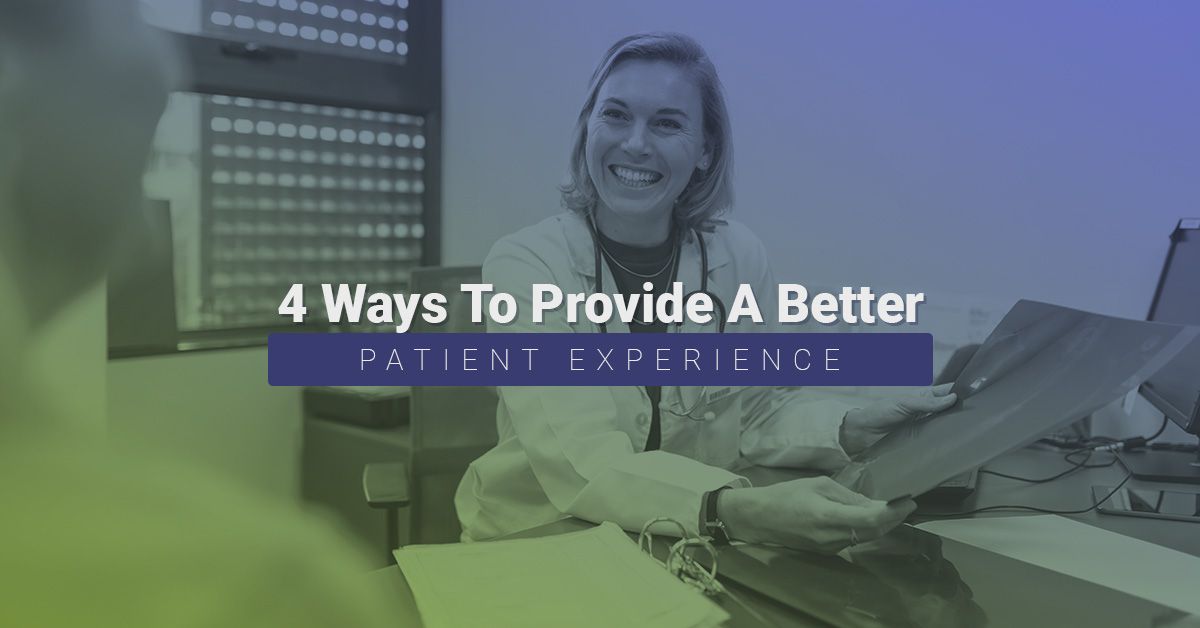Medical care often gets a bad reputation for providing the exact opposite of what patients expect. Instead of being able to get in and out for a routine appointment quickly, busy patients often find themselves using up the entirety of their lunch hour or afternoon off and don’t even make it through to see the doctor. First and foremost, healthcare is about helping people. Don’t let things like office function hinder that primary mission. If you’re looking for ways to provide a better patient experience, try these tips.
Create a Patient-Forward Focus
Given the demands of operating any business, especially one as complex as a medical office, it can be surprisingly simple for the patient focus to slip by the wayside. HIPAA compliance, medical billing requirements, and every other sundry aspect of daily operations can feel imperative. Somewhere in there, little touches that speak to patient experience can easily slip through the cracks. If you are looking for ways to provide a better overall experience, step one is to shift the focus. All staff members should remember that they are ultimately in a customer service industry — and act accordingly. This means your front desk staff, of course, but it also means doctors, nurses, insurance authorization staff, and anyone else who may run into a patient in the halls.
In an ideal world, everyone who interacts with patients would spend a shift or two working at the front desk to get a greater understanding of what patients go through before being shown back for their appointment. In a busy practice, that isn’t always feasible. After all, you don’t want to impede what your patients are there for: treatment. However, even if you don’t set up a front desk rota for everyone, it is still worthwhile to brush up on customer service techniques and shift the focus back to the people your practice is there to help. Yes, focus on what needs to be done to keep your offices running, but put a greater emphasis on what can be done to help smooth the process for your patients.
Go Digital
Improving processes does not have to be limited to what happens when patients arrive at your office. Some steps can be taken before they ever walk through the door. For example, it’s practically impossible to get anything done these days without the internet. Fortunately, that means you can reliably expect most patients to have some level of regular access to a computer or smartphone with which they can surf the web. Capitalize on that and make your patients’ lives a bit easier at the same time. Options like online appointment requests and initial check-in processes can be handled virtually. It may mean a bit of hassle upfront to comply with HIPAA and online security regulations, but that hassle will be worth it when patients spend less time filling in forms in your waiting room. Of course, not all patients will be able to — or want to — submit medical information online, but with most of them filling out information online, you can ease the strain on your staff and smooth processes for your patients.


